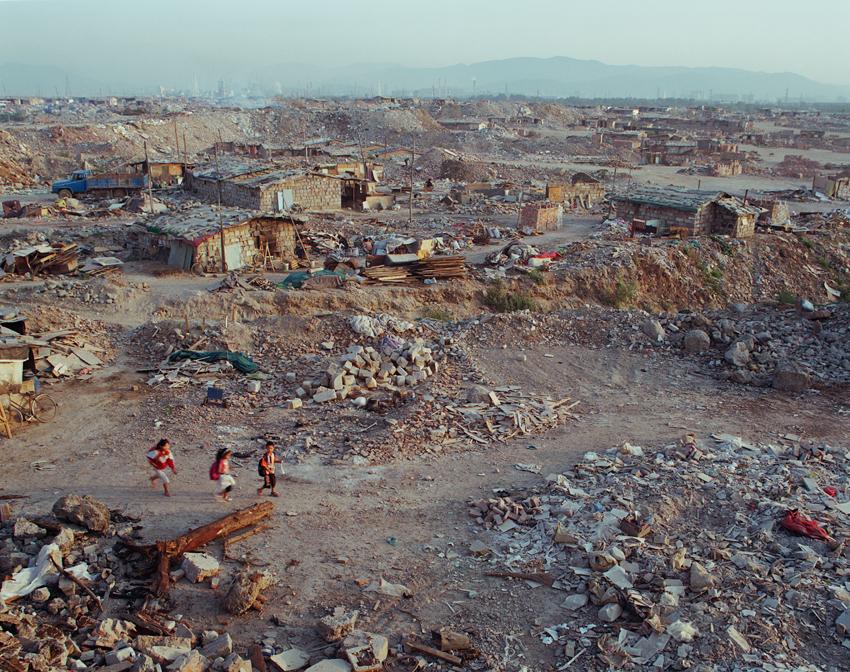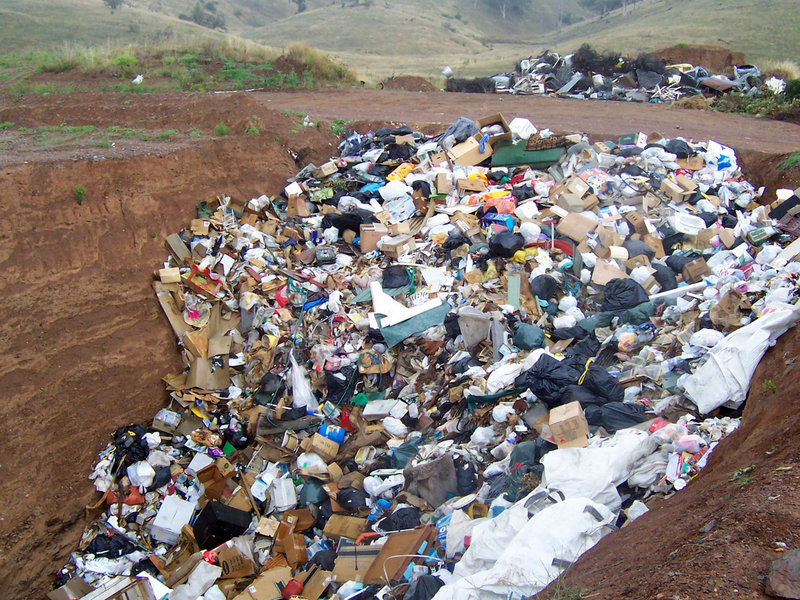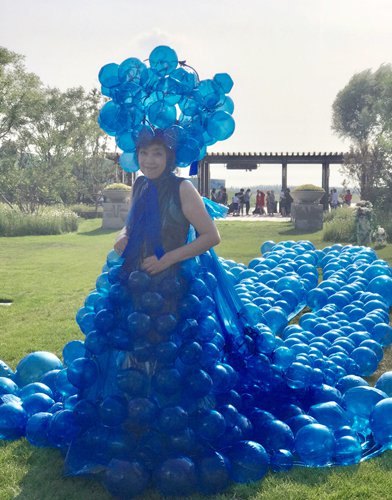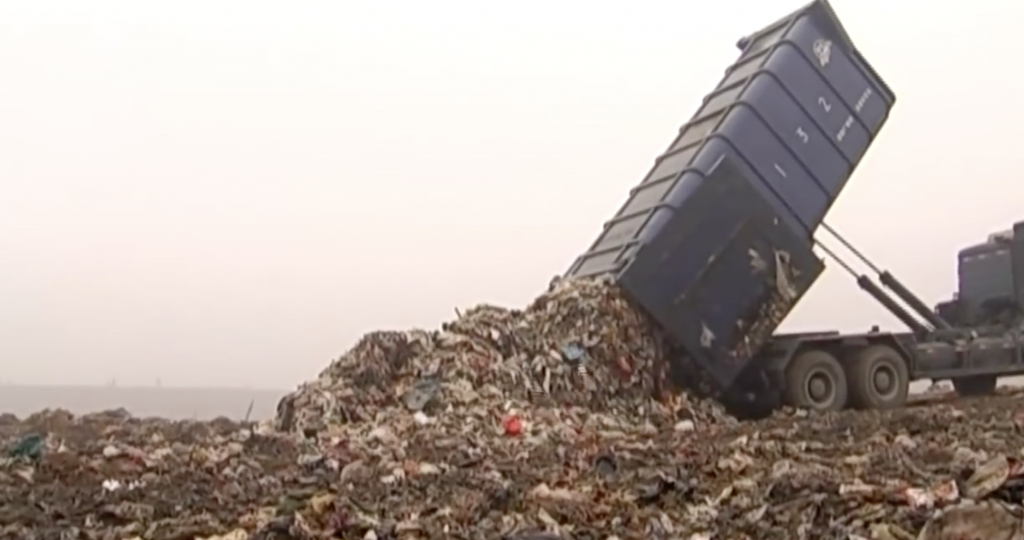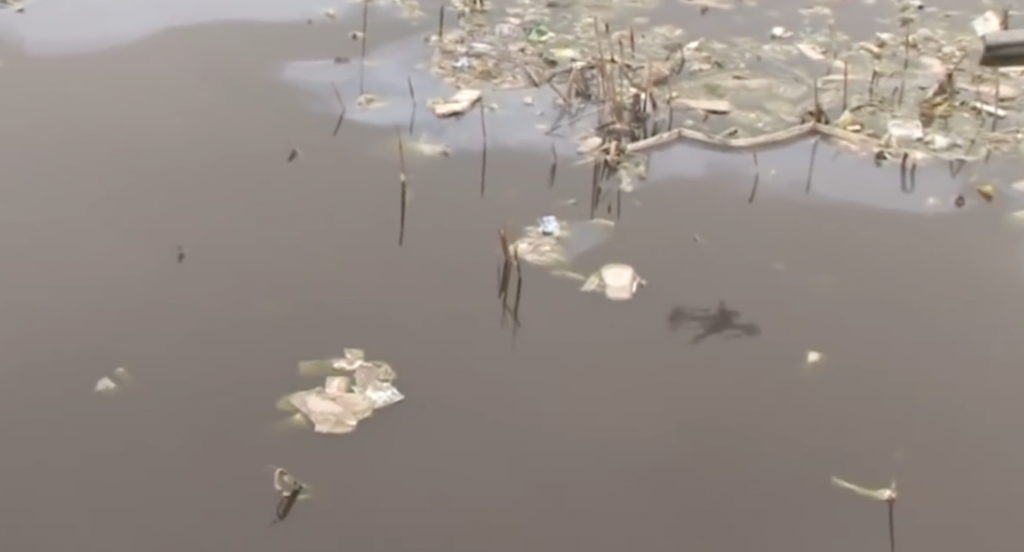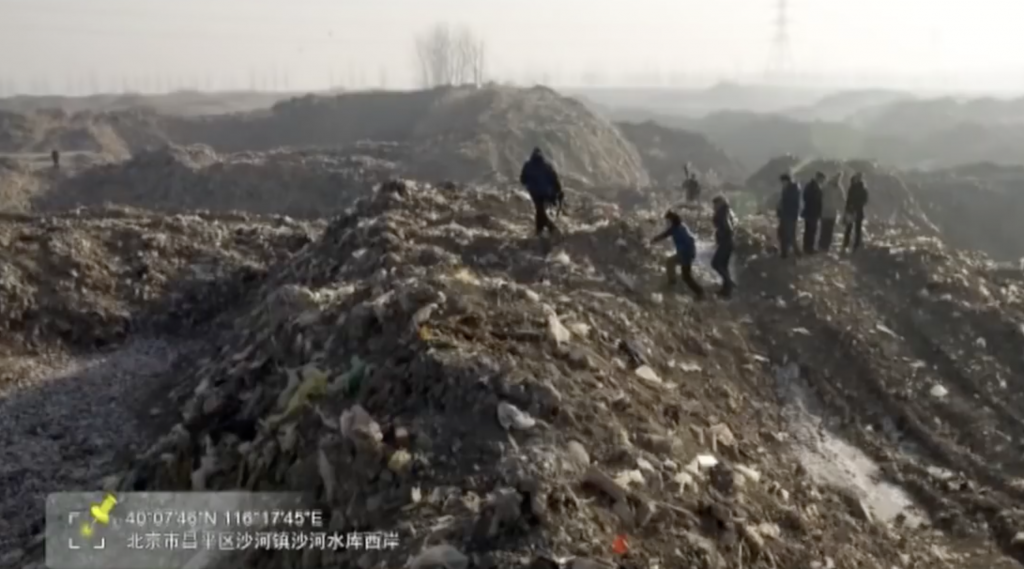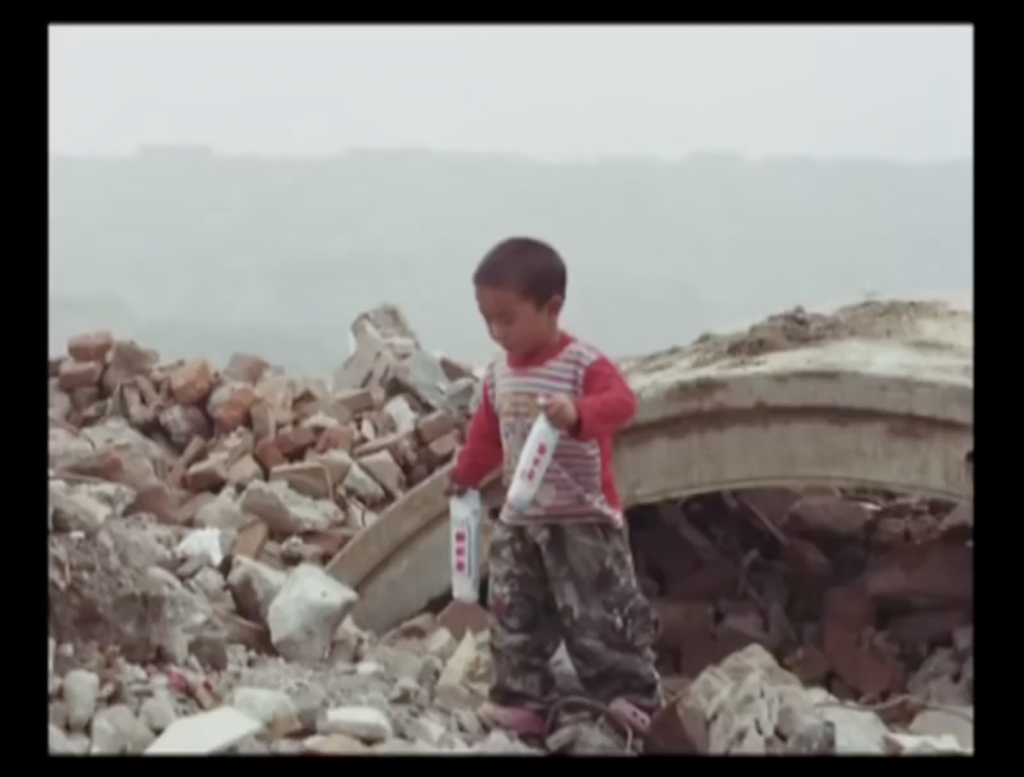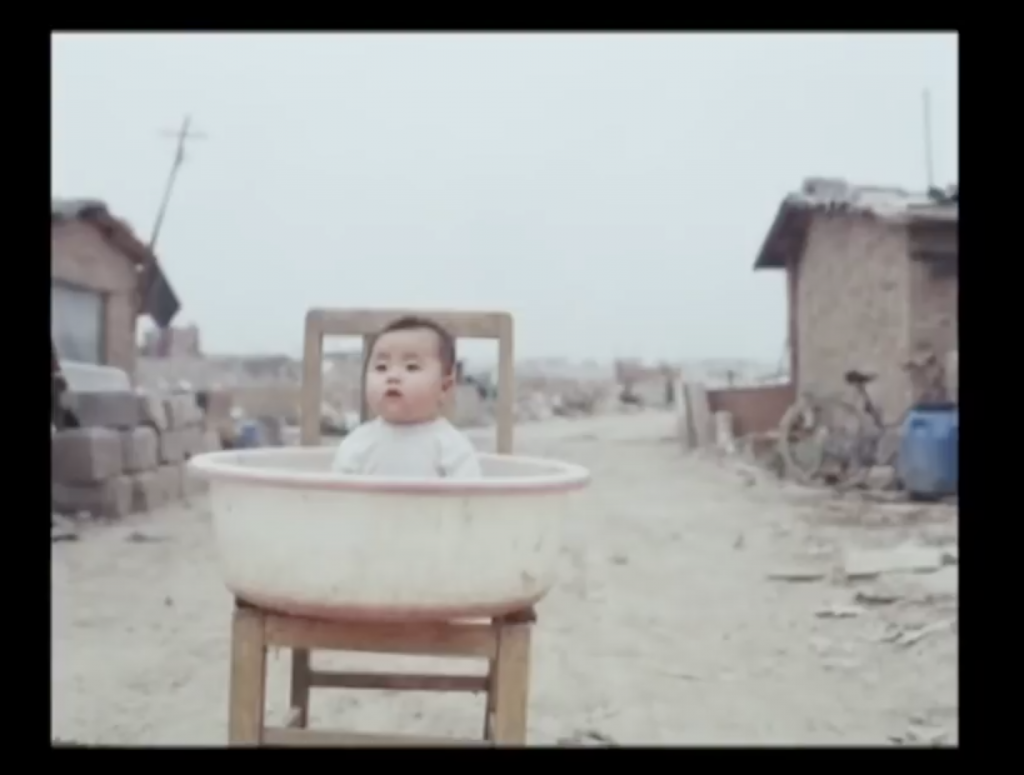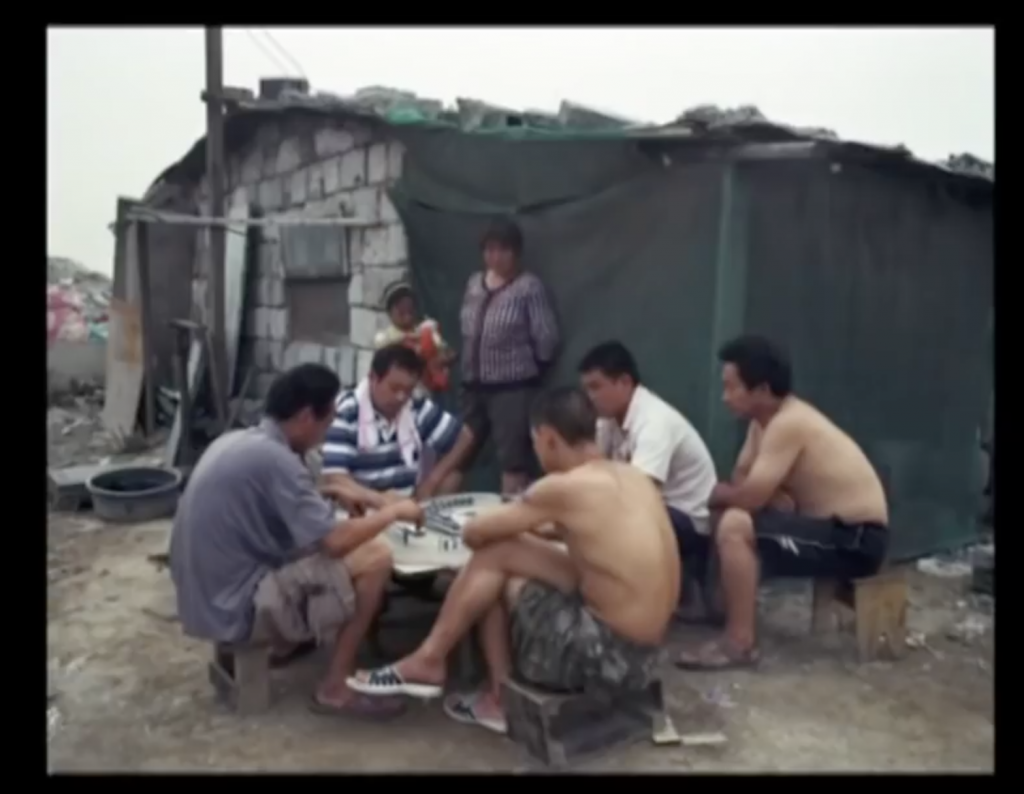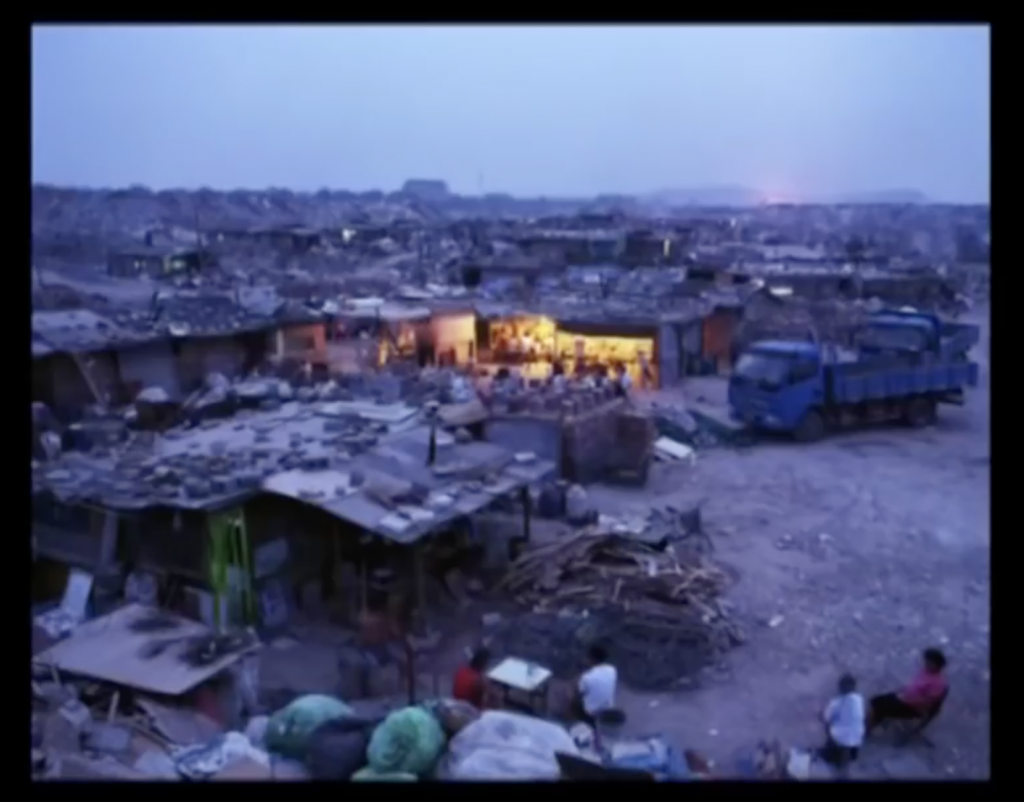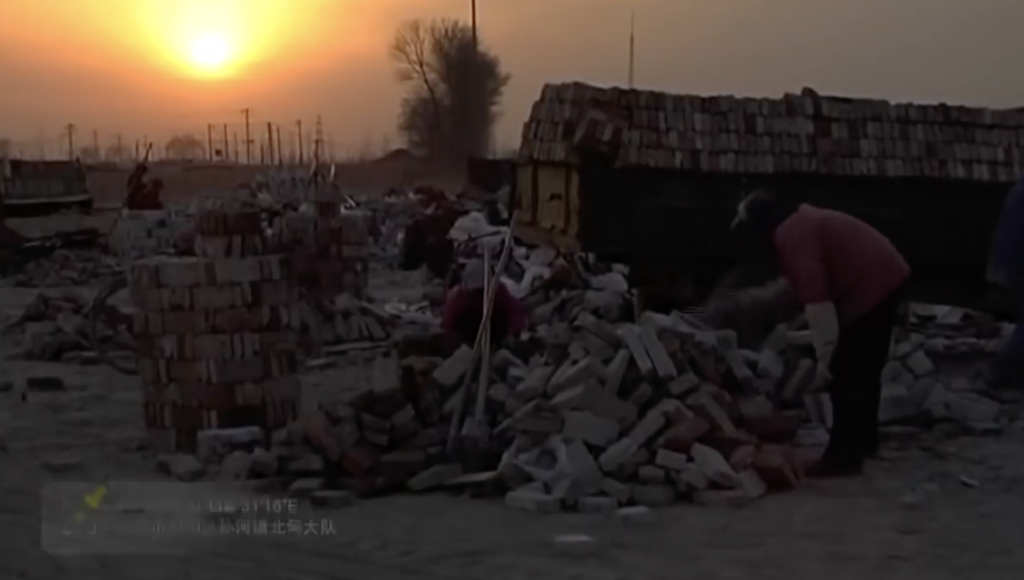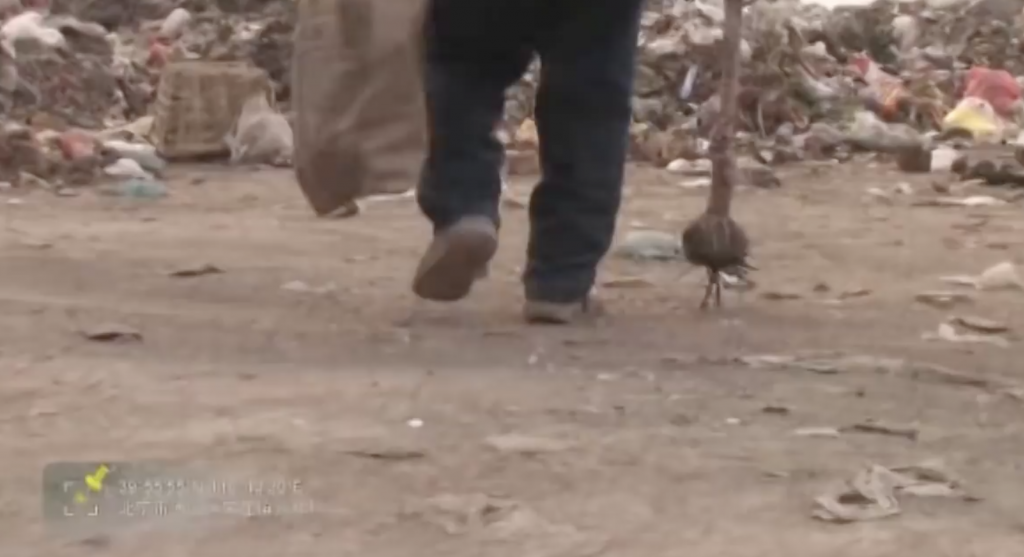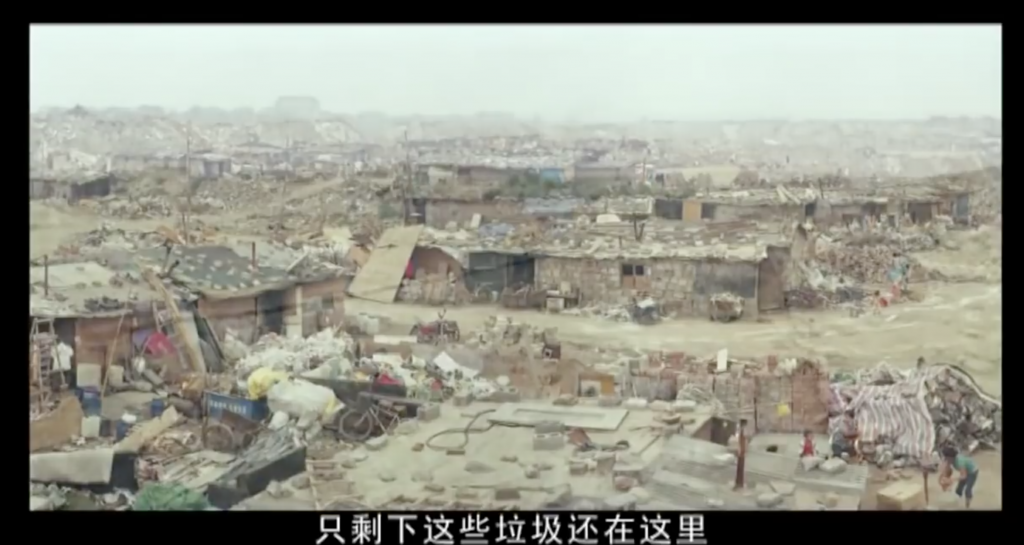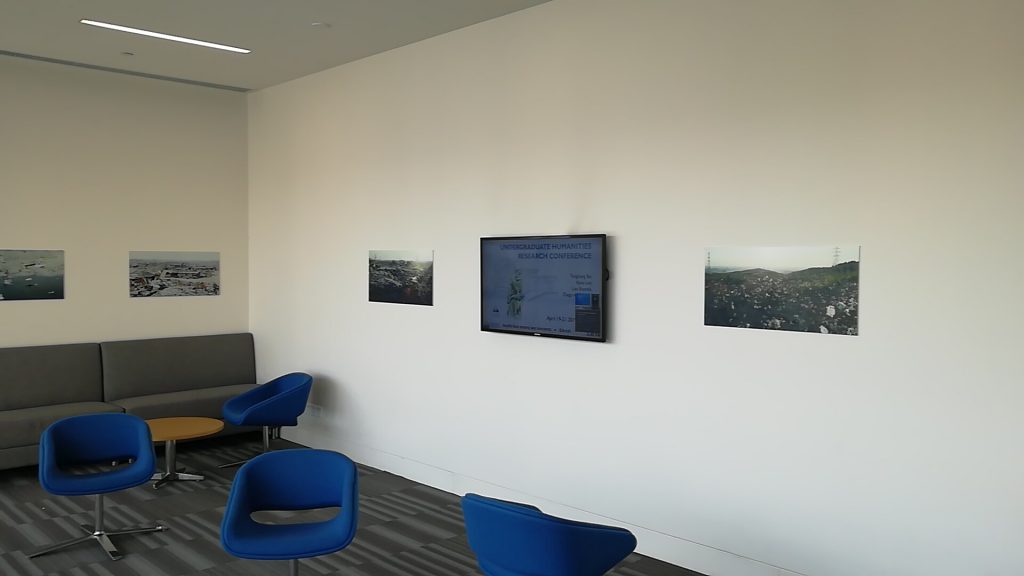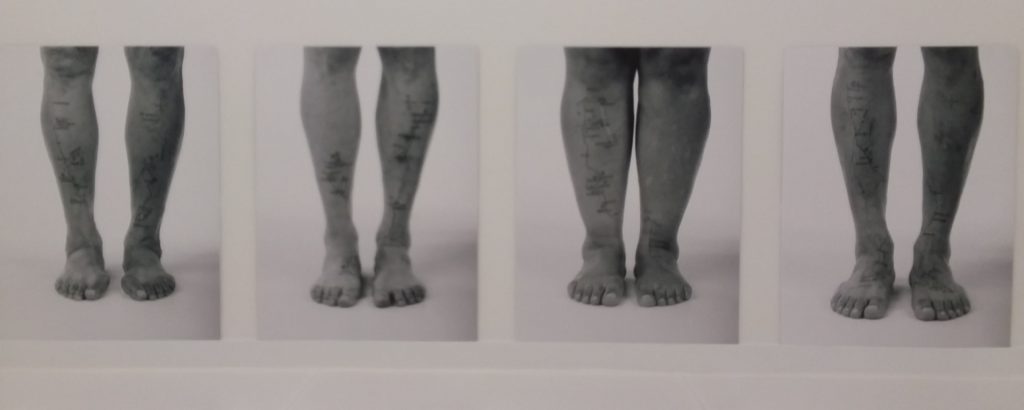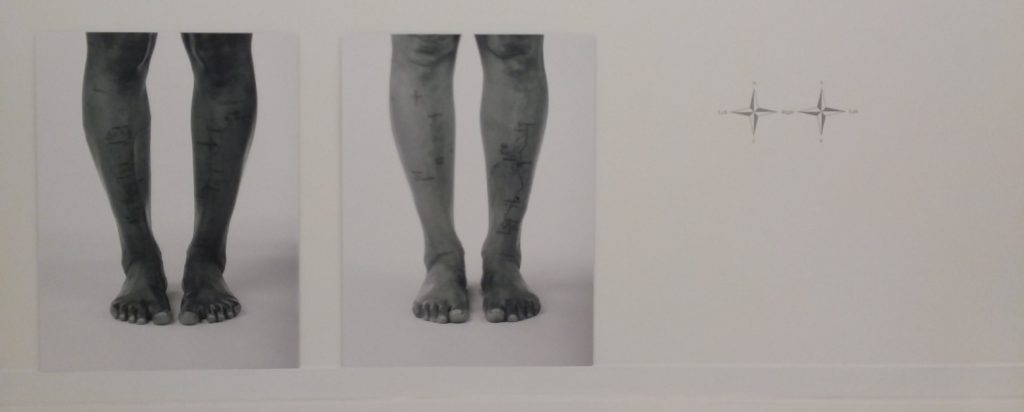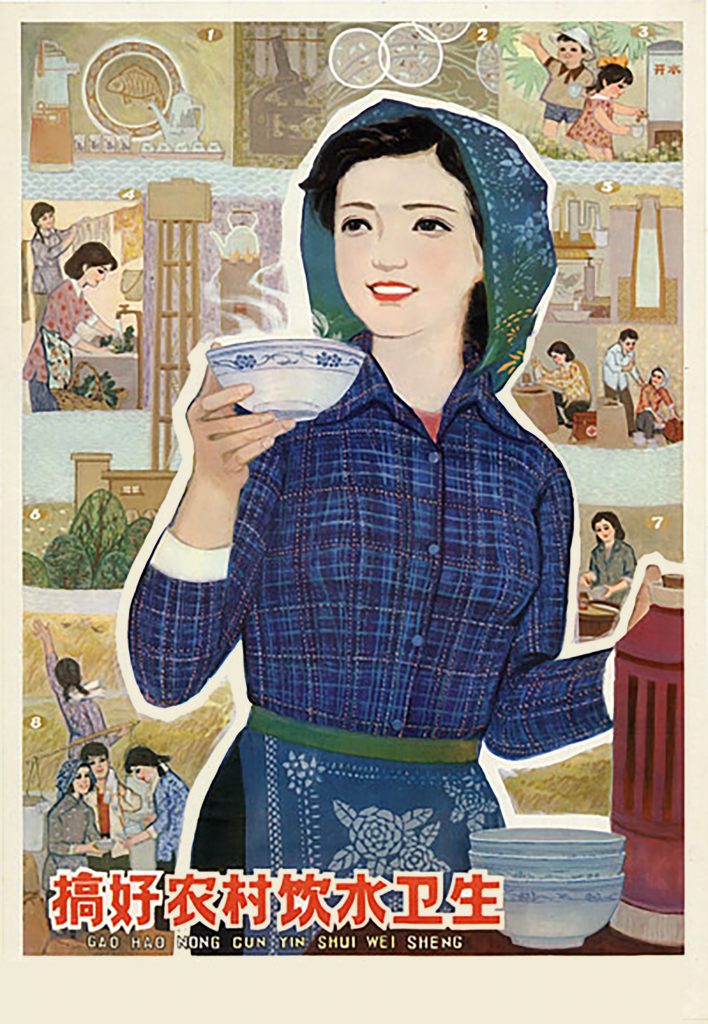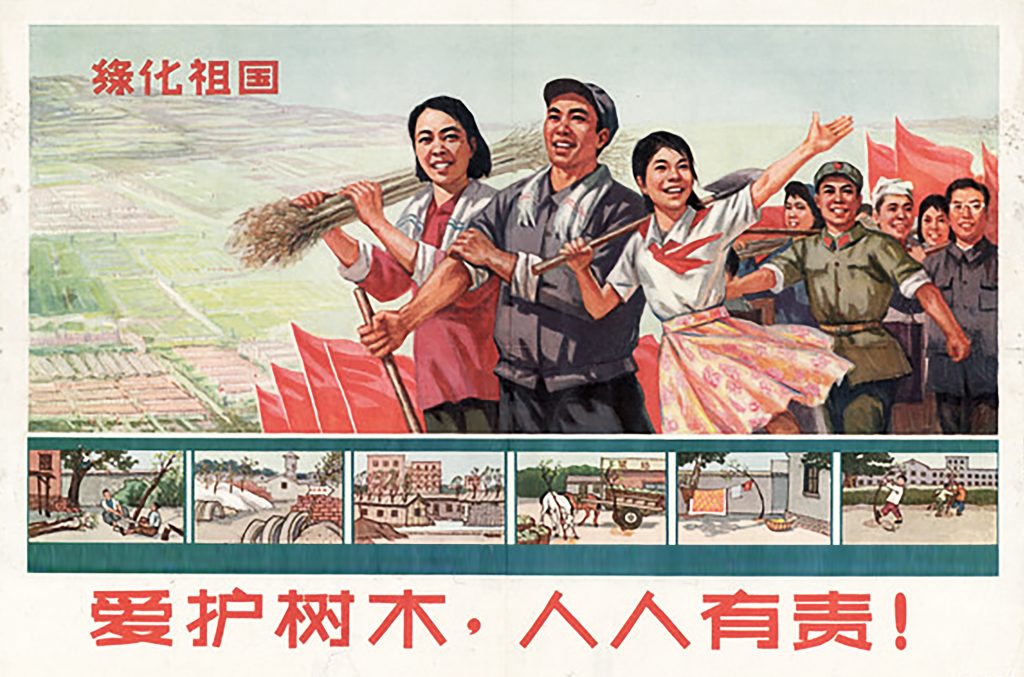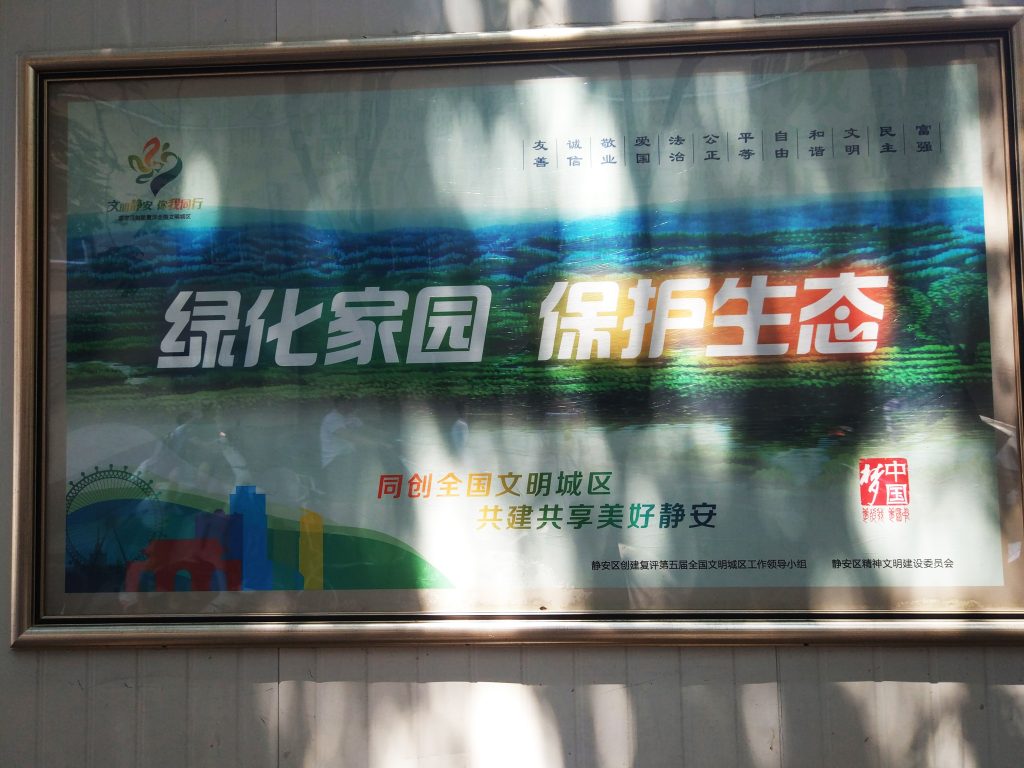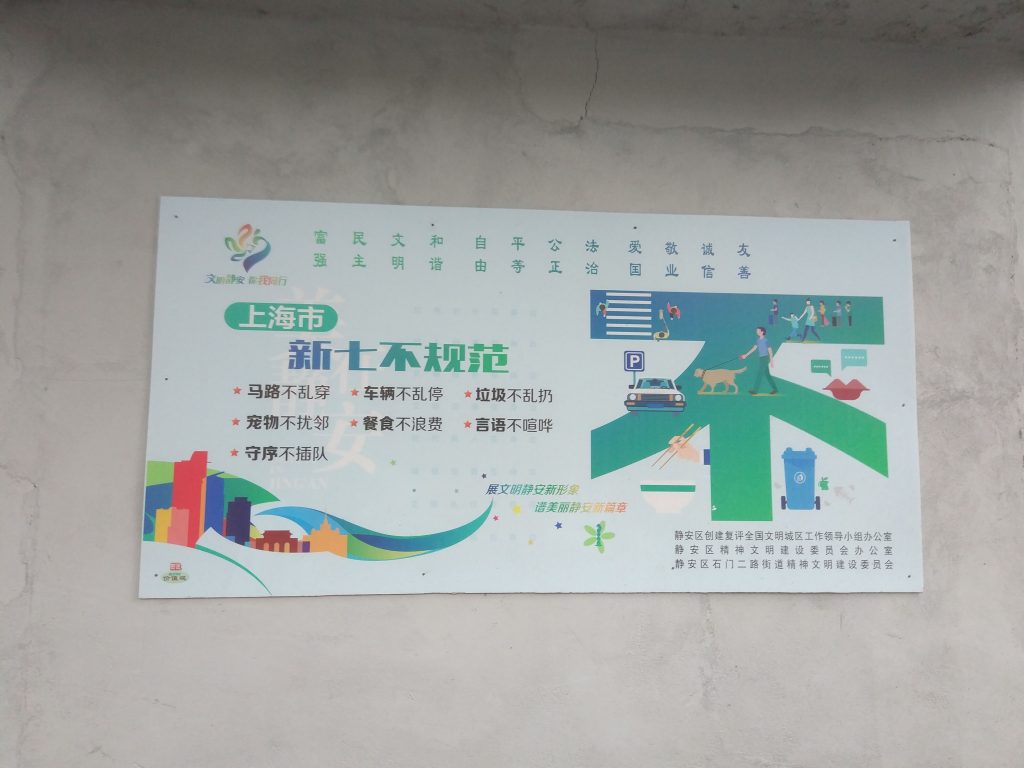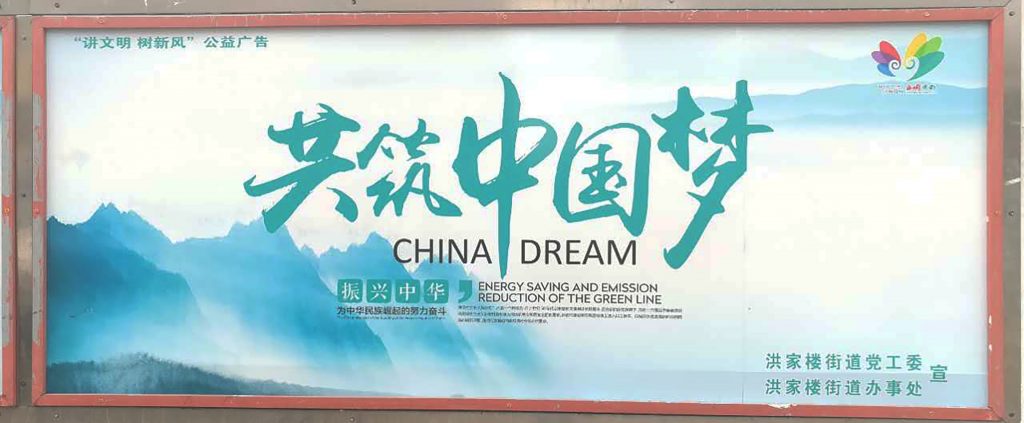This exhibition explored issues of representation of the idea of place. It problematizes the notion of territory as a concept bounded by geographical limits and administrative arrangements to an expanded understanding of the contextual forces that constitute territory.
Mobility, dislocation, political terra/formation, and transformation are explored from the perspective of designers, visual artists, photographers, and performance artists.d
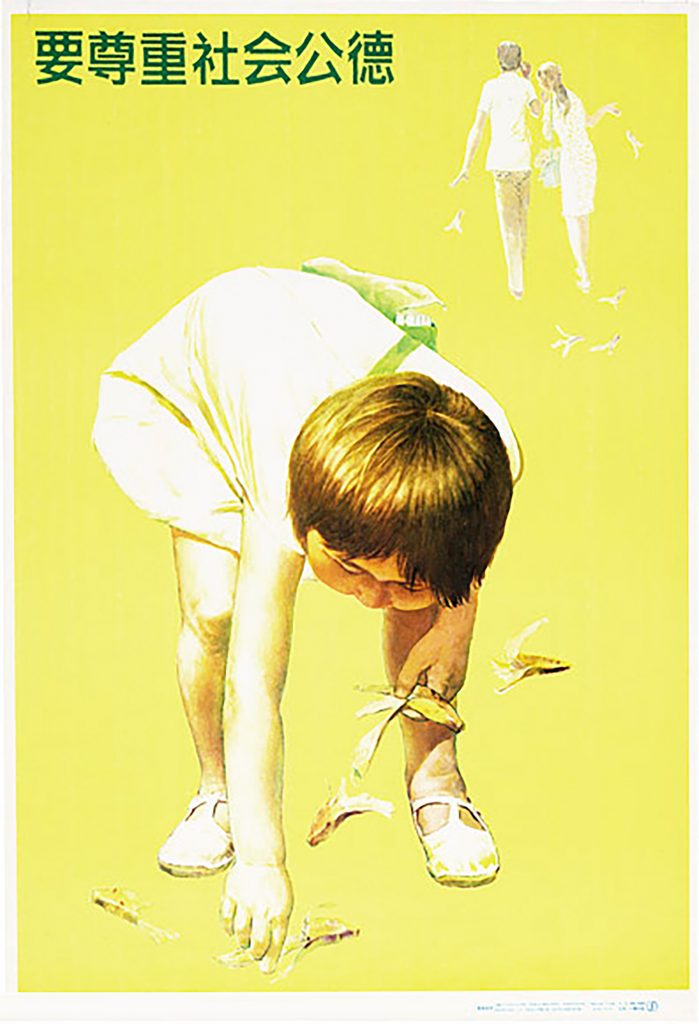
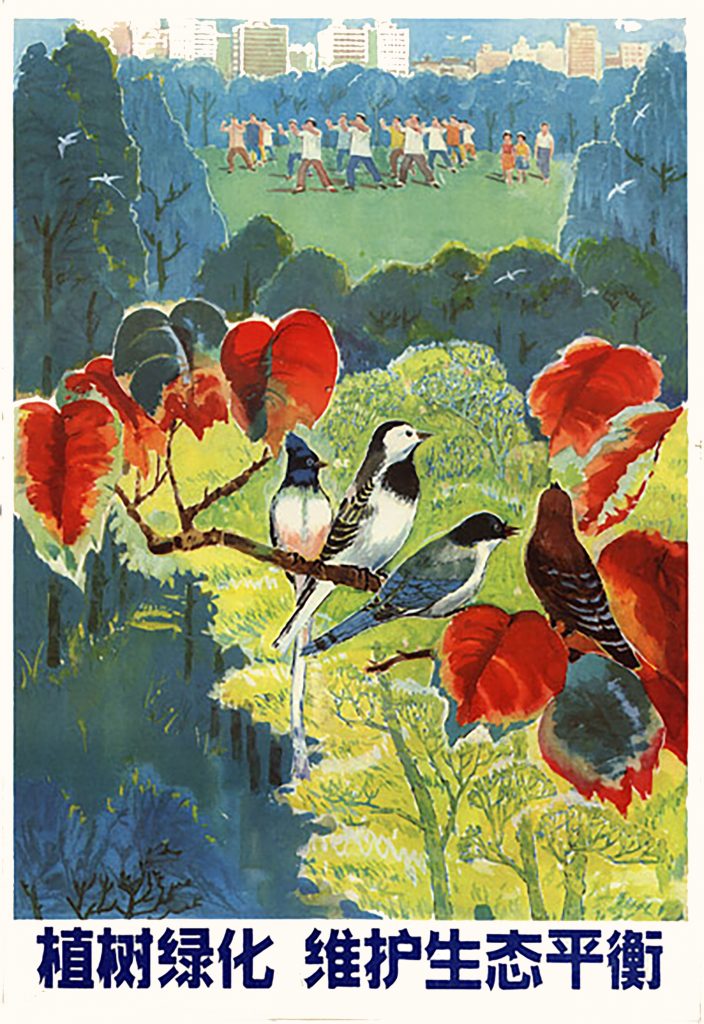
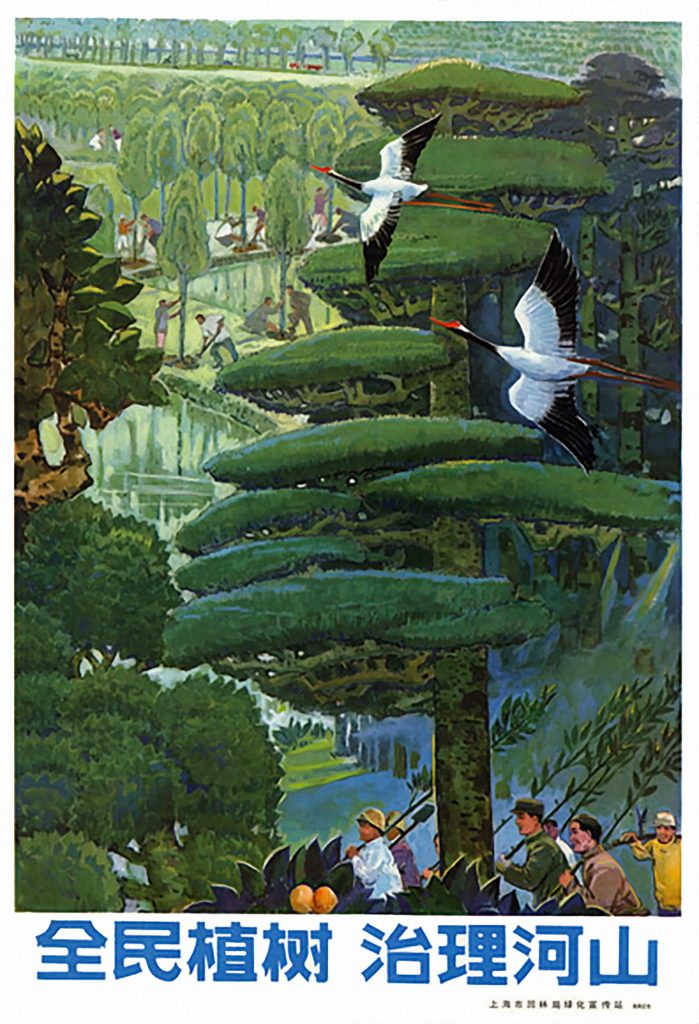
The exhibit is divided in three parts:
I. Ecological Civilization | II. Displacement | . III. Action
I. Ecological Civilization

Although the term was first coined in the 1980s China (as a result of the first wave of environmental awareness), it did not see widespread use until 2007, when “ecological civilization” became an explicit goal transforming China into a sustainable nation. Ever since, it has been used to develop environmental policy and its message has been spread via public campaigns. In April 2014, the United Nations Alliance of Civilizations and the International Ecological Safety Collaborative Organization founded a sub-committee on ecological civilization; even Pope Francis (2015) has used the term.
“We are faced not with two separate crises, one environmental and the other social, but rather with one complex crisis which is both social and environmental. Strategies for a solution demand an integrated approach to combating poverty, restoring dignity to the excluded, and at the same time protecting nature.”
Pope Francis. Laudato Si’: On Care for Our Common Home. p. Ch 4, #139. May, 2015.
As such, ecological civilization emphasizes the need for major environmental and social reforms that are both long-term and systemic in orientation. These images present how the term has been used in propaganda efforts to share a top-bottom approach to environmental policy in China.
Artist participating:
Zhou Ruizhuang (China), Wang Hongcai (China). Adicional photography by:
Coraline Goron (France) & Virginie Arantes (Belgium)









II. Displacement
The human body is also a geography, a map, a territory. This section presents the work of two female artists, one from Colombia, the other from China. Both, document-in-relation (with female subjects and domestic places) the forces that make people of things move; because of violence or gentrification (under the banner of progress). Their work function in a liminal zone, and also in a zone of contact. Objectifying and humanizing become exercises of mapping in affective ways the transformation that happens in different part of the world.
Artist participating:
Libia Posada (Colombia)
Colombian surgeon and artist Libia Posada Cardinal Signs installation presents her interest on issues of social cartography. Her explorations on displacement, lodging, mental and physical trauma is seen in this installation in which also she includes dimensions of her social/medical/geographical art practice.



Xingyao Zheng (China)
Zheng’s work looks for traces of life in the ruins and relics of places in transformation. In her “The Long Goodbye,” she focuses on Shangqiu Ancient Town in China’s Central Plains, which has witnessed radical reconstruction. This series of images share visions of past time now renewed in cycles of so-call progress and development. By locating the gaze in this brink of time/space we are able to witness the rapid transformations taking place at the hearth of Chinese society.

Rafael A. Osuba (Puerto Rico), “BORICUA SOY”
Taíno Series
For one thousand years the Taínos, an Arawak people, have been the original inhabitants of what is now known as Puerto Rico. Hunter-gatherers who lived in small villages led by a “cacique”, or chief. They grew pineapples, cassava, and sweet potatoes and supplement their diet with seafood. They call their island Boriken (Borinquen). This is why Puerto Ricans are commonly referred to as Boricuas! Taínos are strong, happy and very generous peoples.
Because I have always admired modern dancers and the strength and gracefulness of their movements I illustrated my Taínos in dance. This also symbolizes the harmony they share with the island and all that lived within it.
The green background represents the earth and the gold represents the richness of its natural resources. The Taínos believe that we are all connected, (every living thing) to the heavens, land and the sea and for this reason we must protect and preserve the source that provides life.
“Taíno Warrior #1”
“Bird of Paradise”
“Ara’guaca” (Taíno word for Dance)
“Taína”
“Taíno Warrior #2”
Digital Illustration on Fine Art Paper (2014).
III. Action
Action takes form in poetic demands for better environment. The work of Kong Ning and Juliang Wang tells two different approaches to the issue. The first one in the form of public performance that mixes forms of poetic justice and protest. The second in the form of archive making, where the systematic collection of information becomes a point of departure from documenting to action.
Artists participating:
Kong-Ning (China)
By the use of performance art and fashion Kong Ning (1958) addresses environmental issues and make a call of action about environmental degradation. Her work mixes theory and praxis, Kong Ning, a lawyer by training, was deeply disturbed by the inequities of China’s judicial system and as a fierce opponent of the death penalty, she decided to become an artist instead. Due to her interest on environmental issues, which lie at the bases of human coexistence, culture, and law she turned to a creative practice.
As a multidisciplinary artist and environmental activist Kong Ning mixes art, fashion, law and the environment in connected projects that also have a participatory element. She not only embodies the topics of concern (air and water pollution for example) in her interactive performances, but also believes in the power of the public sphere, where her practice is located.
Kong Ning do not make art for the gallery and the museum, she interrupts public gatherings in local and global meetings on environmental issues and brings a dimension of personal commitment to them. In her work, culture is not to be displayed in the high institutions of the art world but to be embodied, enacted, and practiced.





Jiuliang Wang (China)
Photographer and filmmaker Wang is also interested in geography, mapping, and environmental issues. Wang celebrated photo essay Beijing Besieged by Waste is a series of photographs, digital maps, and documents on illegal land-fields around the city of Beijing. This work is at the bases of the film on the same title. Here, the artist reverses the logic of nature documentary as an exploration of spaces beyond human contact and brings attention to closed visions. They, at times seems apocalyptic or distant, but speak clearly to one of the flows of civilization, waste.







